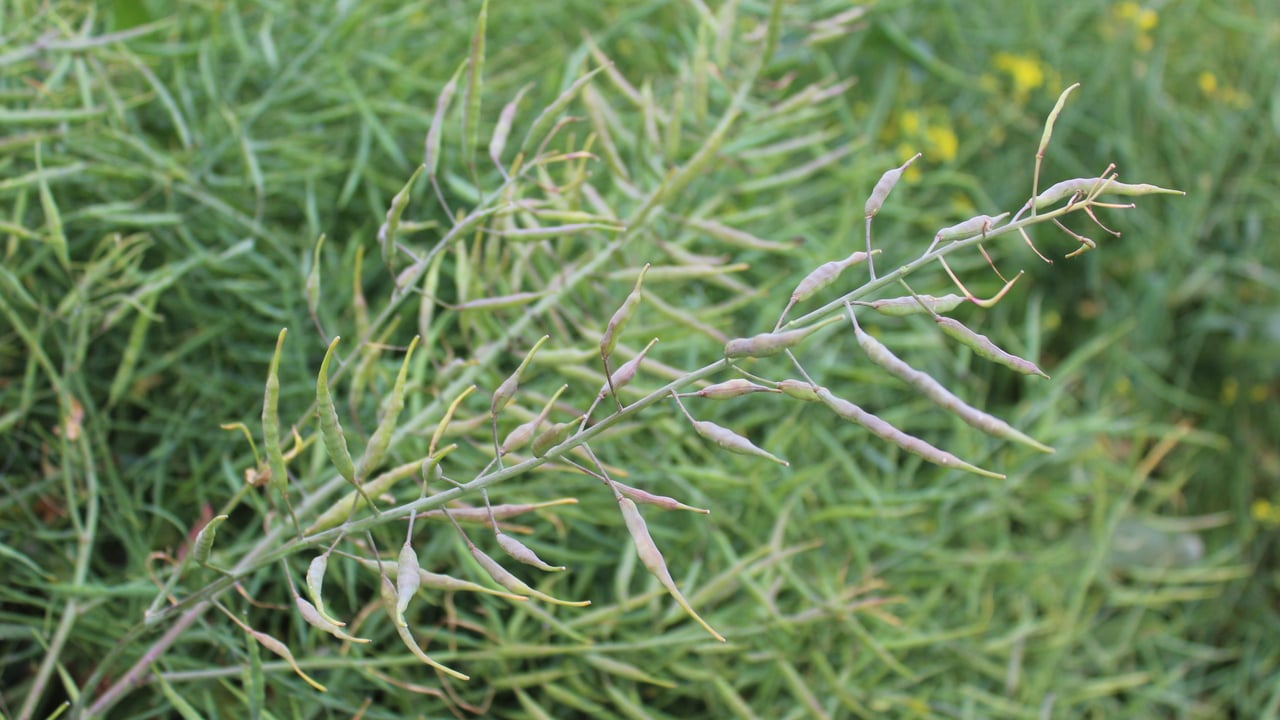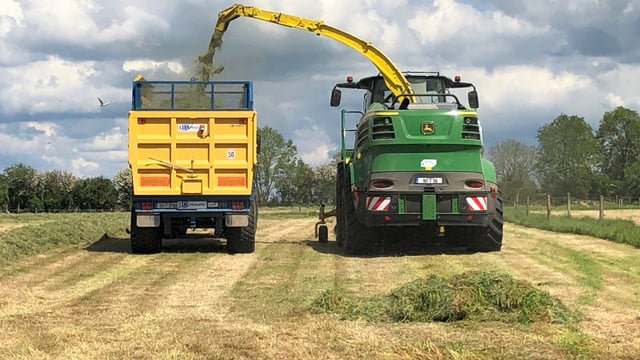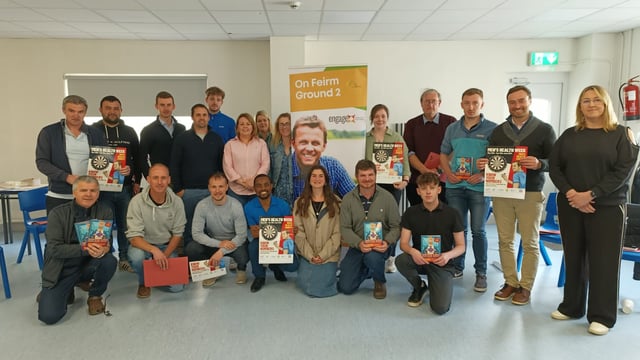Tillage: Disease control in winter oilseed rape
The area of winter oilseed rape grown in Ireland has increased exponentially over the past number of years.
For the most part, this has been driven by improved prices. However, the excellent yields achieved by many growers last harvest have added to the impetus behind the crop.
The weather in early September allowed most 2022/2023 oilseed rape crops to be planted in good conditions. However, soils were very dry, which compromised the initial establishment in many crops.
But most crops have grown strongly through September and October, in response to the weather.
However, the wet conditions that so characterised October and November, are a worry for many growers, as continuous rain tends to drive foliar disease.
There is now growing anticipation that the upcoming spell of dry weather will improve ground conditions, to the extent that growers can get on with much-needed field work.
Disease control for oilseed rape
Teagasc’s Dr. Steven Kildea discussed the disease control options now available to oilseed rape growers on the most recent Tillage Edge podcast.
He confirmed that many crops are looking well at the present time. According to Kildea, there is a lot of biomass in rape crops currently.
He referenced the fact that oilseed rape crops planted at Oak Park in Co. Carlow have a Green Area Index (GIA) of 3.0 at the present time.
“For the most part, crops were planted out very good conditions. They were then able to hoover up any nutrients that were available in the soil," he stated.
Where disease in oilseed rape is concerned, Kildea indicated that phoma-related problems represent a challenge for many growers at the present time.
“This isn’t that big a surprise, given that conditions were so humid during September,” Kildea further explained.
“The pathogen makes its way into the petiole of the leaf and from there, down to the stem. The smaller the plant, the shorter the distance that the pathogen has to travel.
Another disease that impacts on oilseed rape at this time of the year is light leaf spot. This would be of more concern, from an Irish perspective, as it can cause real damage when buds are emerging in early spring.





